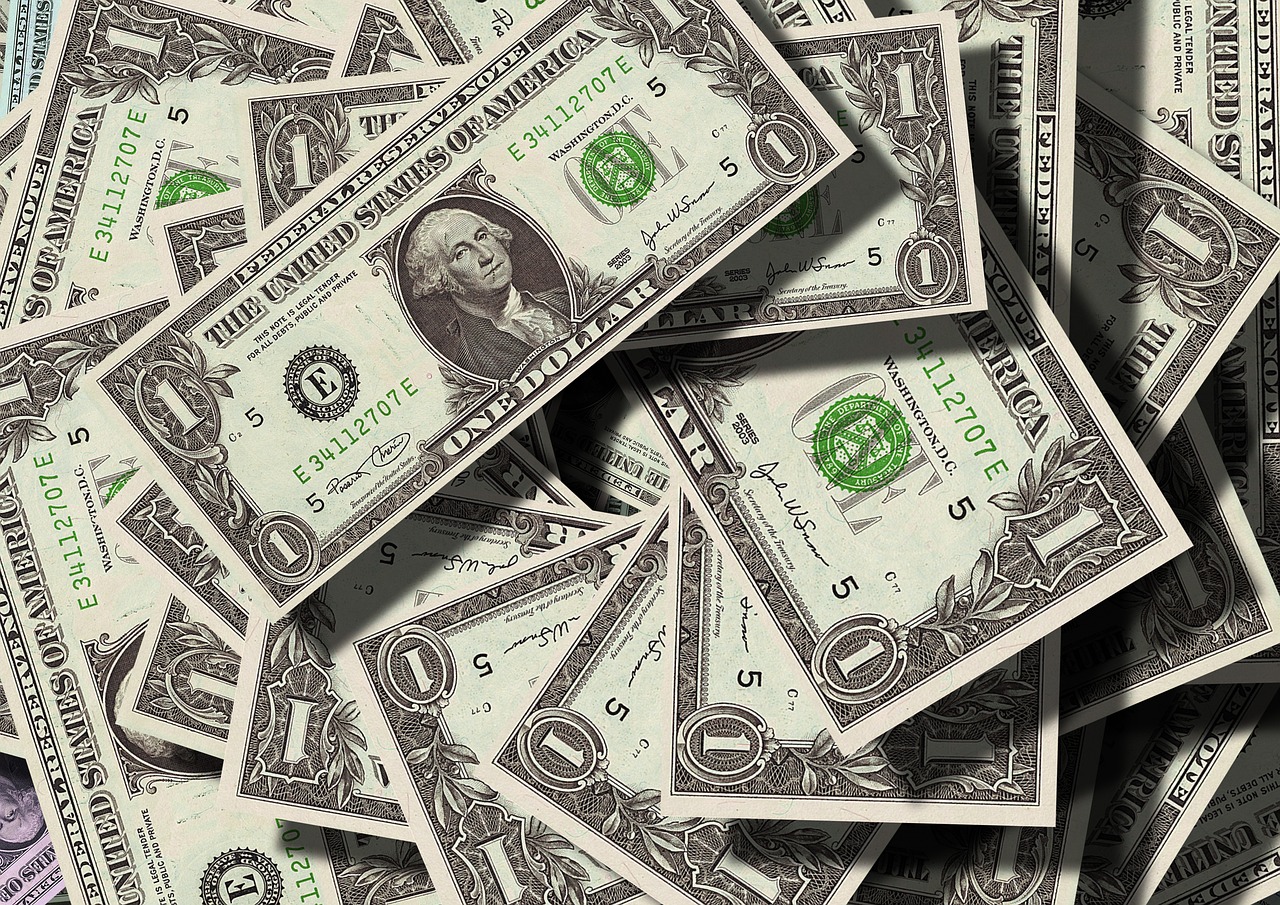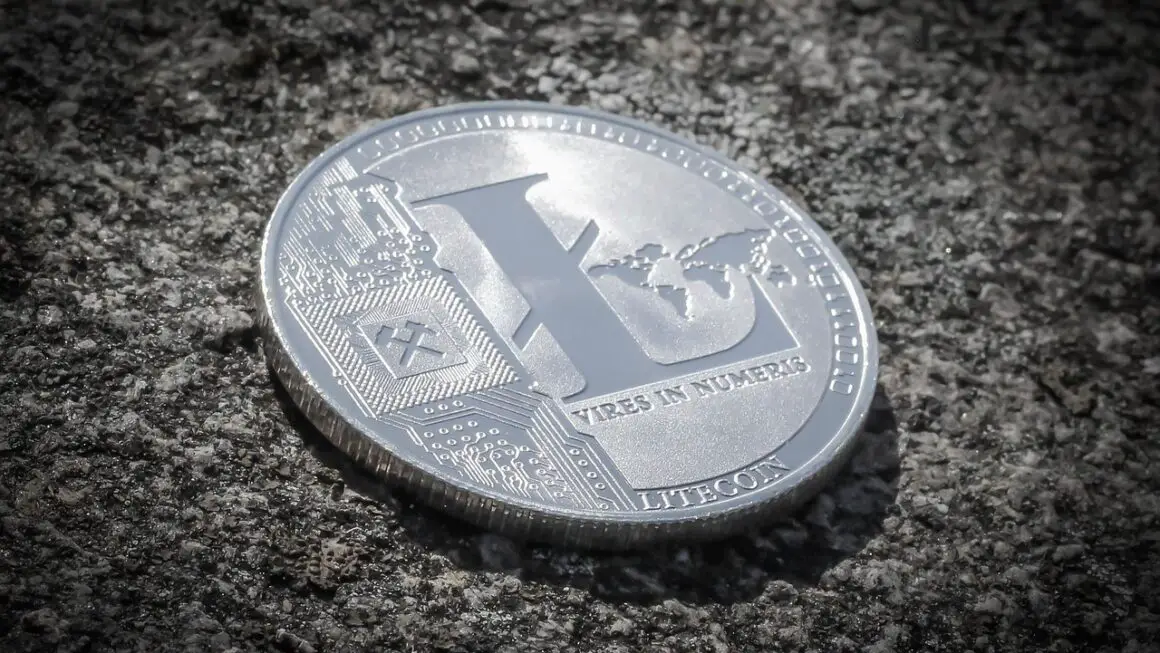It’s a scenario no one wants to face: a sudden job loss, an unexpected medical bill, or a major car repair. These financial curveballs can knock you off your feet, leaving you scrambling to make ends meet. But what if you had a financial safety net, a cushion to soften the blow? That’s where an emergency fund comes in – your personal financial first aid kit, ready to help you navigate life’s unforeseen challenges.
What is an Emergency Fund?
An emergency fund is a readily accessible savings account specifically designated for unexpected expenses. Think of it as your financial insurance policy, protecting you from debt and providing peace of mind during turbulent times. Unlike retirement savings or investment accounts, the primary goal of an emergency fund is liquidity – easy access to cash when you need it most.
Why is an Emergency Fund Important?
Without an emergency fund, you might be forced to rely on credit cards, loans, or even dipping into retirement accounts to cover unexpected costs. These options can come with high interest rates and fees, potentially derailing your financial progress. An emergency fund offers several crucial benefits:
- Financial Security: Knowing you have a safety net provides a sense of security and reduces stress during emergencies.
- Avoidance of Debt: It prevents you from accumulating high-interest debt to cover unexpected expenses.
- Protection of Investments: You won’t have to sell investments prematurely, potentially missing out on future gains.
- Preservation of Credit Score: By avoiding late payments or maxing out credit cards, you can protect your credit score.
- Opportunity to Seize Opportunities: Sometimes, unexpected opportunities arise that require immediate funds. An emergency fund can help you capitalize on these moments.
For example, imagine your car breaks down and requires a $1,500 repair. Without an emergency fund, you might have to put the expense on a credit card with a high interest rate. Over time, you could end up paying significantly more than the original repair cost. With an emergency fund, you can cover the expense immediately without accruing debt.
How Much Should You Save?
The golden rule is to save enough to cover 3-6 months’ worth of living expenses. This amount provides a sufficient buffer to weather most financial storms, such as job loss or extended illness. However, the ideal amount can vary depending on individual circumstances.
Calculating Your Living Expenses
First, determine your average monthly living expenses. This includes:
- Housing: Rent or mortgage payments, property taxes, homeowner’s insurance
- Utilities: Electricity, water, gas, internet, phone
- Transportation: Car payments, insurance, fuel, public transportation
- Food: Groceries, dining out
- Healthcare: Insurance premiums, co-pays, prescriptions
- Debt Payments: Credit card bills, student loans, personal loans
- Other Essentials: Clothing, personal care, childcare
Add up these expenses to calculate your total monthly living costs. Then, multiply this number by 3 or 6 to determine your emergency fund goal.
Factors Influencing Your Target Amount
Consider these factors when deciding on your emergency fund target:
- Job Security: If you work in a volatile industry or have an unstable employment history, aim for the higher end of the range (6 months or more).
- Dependents: If you have dependents, such as children or elderly parents, you might need a larger emergency fund.
- Health: If you have chronic health conditions or a high-deductible health insurance plan, consider saving more to cover potential medical expenses.
- Debt Level: If you have significant debt, a smaller emergency fund (3 months) might be sufficient while you focus on debt repayment.
- Risk Tolerance: Your personal comfort level with risk will also influence your savings target.
Where to Keep Your Emergency Fund
The ideal location for your emergency fund is a safe, liquid, and accessible account. Avoid high-risk investments or accounts with penalties for early withdrawal.
High-Yield Savings Accounts
A high-yield savings account (HYSA) is an excellent option for your emergency fund. These accounts offer competitive interest rates, allowing your savings to grow while remaining readily accessible.
- Benefits: Higher interest rates than traditional savings accounts, FDIC insurance (up to $250,000 per depositor, per insured bank), easy access to funds.
- Considerations: Interest rates may fluctuate, but they generally offer a better return than standard savings accounts.
Money Market Accounts
Money market accounts are another suitable option, often offering slightly higher interest rates than HYSAs. They also typically come with check-writing privileges, providing added convenience.
- Benefits: Competitive interest rates, check-writing privileges, FDIC insurance.
- Considerations: May require a higher minimum balance than HYSAs.
Avoid Risky Investments
It’s crucial to avoid investing your emergency fund in stocks, bonds, or other volatile assets. These investments can fluctuate in value, and you might be forced to sell them at a loss during an emergency.
How to Build Your Emergency Fund
Building an emergency fund takes time and discipline. Start small and gradually increase your savings until you reach your target goal.
Start Small and Automate
Begin by setting a realistic initial goal, such as $500 or $1,000. Then, automate your savings by setting up recurring transfers from your checking account to your emergency fund. Even small, consistent contributions can add up over time.
Cut Expenses and Save the Difference
Identify areas where you can cut back on expenses, such as dining out, entertainment, or subscriptions. Redirect the savings to your emergency fund.
Increase Your Income
Consider taking on a side hustle or freelancing to boost your income. Dedicate all or a portion of your extra earnings to your emergency fund.
Use Windfalls Wisely
When you receive a bonus, tax refund, or other unexpected windfall, resist the urge to spend it. Instead, deposit it directly into your emergency fund.
Track Your Progress
Regularly monitor your progress and celebrate milestones. This will help you stay motivated and on track towards achieving your emergency fund goal.
For example, if your goal is to save $10,000 and you are currently saving $200 per month, explore ways to increase your monthly contributions. Perhaps you could cut back on eating out by $50 per month, sell unused items for $50 per month, and take on a small freelance project for an additional $100 per month.
Conclusion
Building an emergency fund is one of the most important steps you can take to secure your financial future. It provides a safety net during unexpected events, prevents you from accumulating debt, and offers peace of mind. By setting a realistic goal, choosing the right account, and automating your savings, you can gradually build a solid financial foundation that will protect you from life’s inevitable curveballs. Don’t wait for an emergency to strike – start building your emergency fund today.



